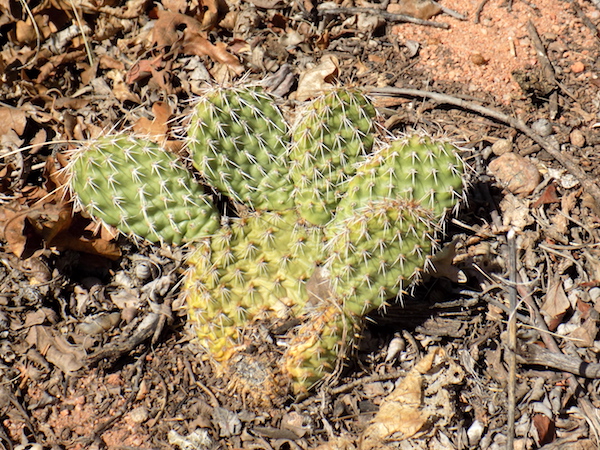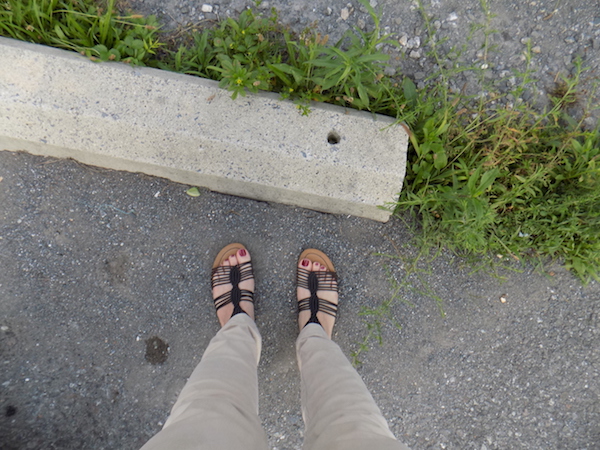
Everyone is guilty of hanging onto a lucky charm or two. It is one of those little pleasures that has not yet faded from the modern marvels of our everyday lives. Some will hang onto a lucky button, a lucky coin, or an old, tattered teddy bear from our babyhood.
Whatever our reasons for having a lucky charm, or several, we are not alone in our irrational beliefs. Since people began roaming the earth, they have held onto magical tools, stones, and symbols in the hopes that it will bring them good fortune and plenty of food or wealth.
Whether the items themselves work or whether it is simply our strong beliefs in lucky charms, it doesn’t matter. What matters is our willingness to believe in things, even magic or divine guidance, and how these beliefs can affect our lives.

Rabbit’s Foot
The rabbit’s foot was brought to the United States by the African slaves who were bought to work on the Southern plantations. According to their folk beliefs, a rabbit must be caught and killed in a graveyard during the full moon. This gave the rabbit’s feet the magical power of the ghosts residing in the graveyard and other unworldly powers. The rabbit was also sacred to the moon and it was believed in many cultures, including African cultures, that the face seen on the moon was the face of a hare, hence the phrases Mark of the Hare and Hare in the Moon. This association with the moon gave the rabbit the magical powers of fertility and prosperity. Tied in with the swiftness of the rabbit, the rabbit’s foot became a powerful talisman for people in the United States.
Acorn
Acorns are a popular symbol, especially inside the home where you might find acorns carved from wood or cast in metal near the windows, such as on a shade or blind pull. The reason for this goes back in ancient history when the acorn, the seed of the oak tree, was associated with the lightning and thunder gods Zeus and Thor. Having these acorn emblems in the home was for protection from lightning and storms. Acorn charms are also worn on necklaces and charm bracelets. The acorn as jewelry was believed to preserve youth and increase fertility.
Arrowheads
Arrowheads are popular charms worn in the U.S., but their use as charms predates the founding of this country. Quetzalcoatl, an Aztec god of protection, is shown carrying an arrow that represents lightning. Artemis, Apollo, and other Greek goddesses and gods were portrayed with protective arrows. In Britain, people would search for tiny arrowheads, called elf-bolts, that they believed came from the “little people.” These elf-bolts were kept as lucky charms.
Sun
The sun as a lucky charm pre-dates its current use. In ancient mythologies around the world, the sun is generally seen as a masculine figure, a great god who rules over the earth. Emblems of the sun were displayed in homes, added to coins, and worn as charms to “see the way clear”, for protection against the night, and for strength.
Apollo, an ancient god that pre-dates ancient Greek mythology, is one of the most well-known gods to date. He is depicted as riding the chariot of the son across the earth and spreading warmth to the lands below so that the crops could grow. This links sun emblems to male fertility, strength, and even courage.

Four Leaf Clover
The four leaf clover is one of the most well known good luck charms in the U.S. and Europe. It has been worn as a charm for many things. Young men were encouraged to wear it in order to avoid the military draft. Young women would wear a four leaf clover to attract a soul mate. It has been worn for protection and to give the wearer the ability to see past fairy tricks.
The three leaf clover is associated with the sacred number three and the trinities present in many religions. The four leaf clover, however, is said to represent four good things: good health, much wealth, a touch of fame, and true love.
Coal
Black, shiny coal has been used by people for heat for over 3,000 years. Because it provides heat during the cold, winter months, it became a lucky charm to keep away the cold and the sicknesses associated with winter.
During the Industrial Revolution, coal was being used in increasing amounts. Industries across Europe and the United States used coal to fuel their businesses. People’s superstitious views of coal also changed and it became a symbol of progress and wealth.
To this day, people feel that it is lucky to touch a large rock of coal. If a piece of coal is accidentally found on the ground, it is picked up and put in the left pocket to either improve one’s health or to increase one’s prosperity.

Penny
Find a penny, pick it up, and all the day you’ll have good luck. Every country has a lucky coin and since antiquity, coins have been used for fortune telling, lucky charms, and protection. In the United States, the penny is the luckiest coin to hold onto and many people will search for a penny that bears their birth year on it, making it extra special. People carry these good luck pennies on their person, purse, or wallet. They use them to scratch off lottery tickets. Throughout history, people have also pushed pennies into the cement of new buildings and patios for added luck and fortune.
Horseshoe
Horseshoes came into use in, possibly, the 4th century in Europe. It is believed these iron shoes were originally called selene, the name of the Greek goddess of the moon. Shaped like a crescent moon, it is no wonder that horseshoes became a part of superstitious lore.
Since the horseshoe protects the horse’s hoof, people also assumed that the horseshoe would protect them, as well. It became lucky to find a thrown shoe on the ground and people began to hang them up over doors.
There is a lot of debate as to whether the shoe should be hung up with the opening pointed up or down. Some people believe that the horseshoe should be hung up like a U so that all the luck will not spill out all at once. Other people believe that the horseshoe should be hung with the opening downward so that the luck can continuously fall onto those who enter or exit the door. The luck of a horseshoe simply cannot run out.

Key
Ornamental keys as lucky charms are back in fashion and little key trinkets and amulets can be found in jewelry stores and craft stores. Keys have been held as sacred objects for thousands of years.
The ancient Egyptian ankh symbol is believed by some to represent the key to the Nile River. In ancient Rome, sacred key rings were worn. Ancient Germans believe that keys could protect the sick and in old Italy, keys were touched to prevent one from the Evil Eye.
A key has numerous meanings within the occult. It opens up hidden doors, unlocks mysteries, and locks up evil.
Today, a key is worn for both protection and as a luck bringer.
Wishbone
Wishbones used to be the favorite part of every chicken or turkey dinner for children in Europe and the United States. After the meal was finished, the bird was cleaned and the wishbone was removed and washed. Two children would each grab one end of the wish bone and, while making a wish, they would pull the wishbone apart. Whoever got the longer half would get their wish.
The wishbone symbol is closely related to the horseshoe. Both objects bring luck, prosperity, and good fortune. They are also shaped similar to the crescent moon and tied in to the realm of magic.
Wishbone charms made of silver (the metal associated with the moon) remain popular today and are believe to bring the wearer good luck.
Sources:
1. A Dictionary of Omens and Superstitions by Philippa Waring.
2. The Magic of the Horse Shoe by Robert Means Lawrence.
3. The Origins of Popular Superstitions and Customs by T. Sharper Knowlson.

